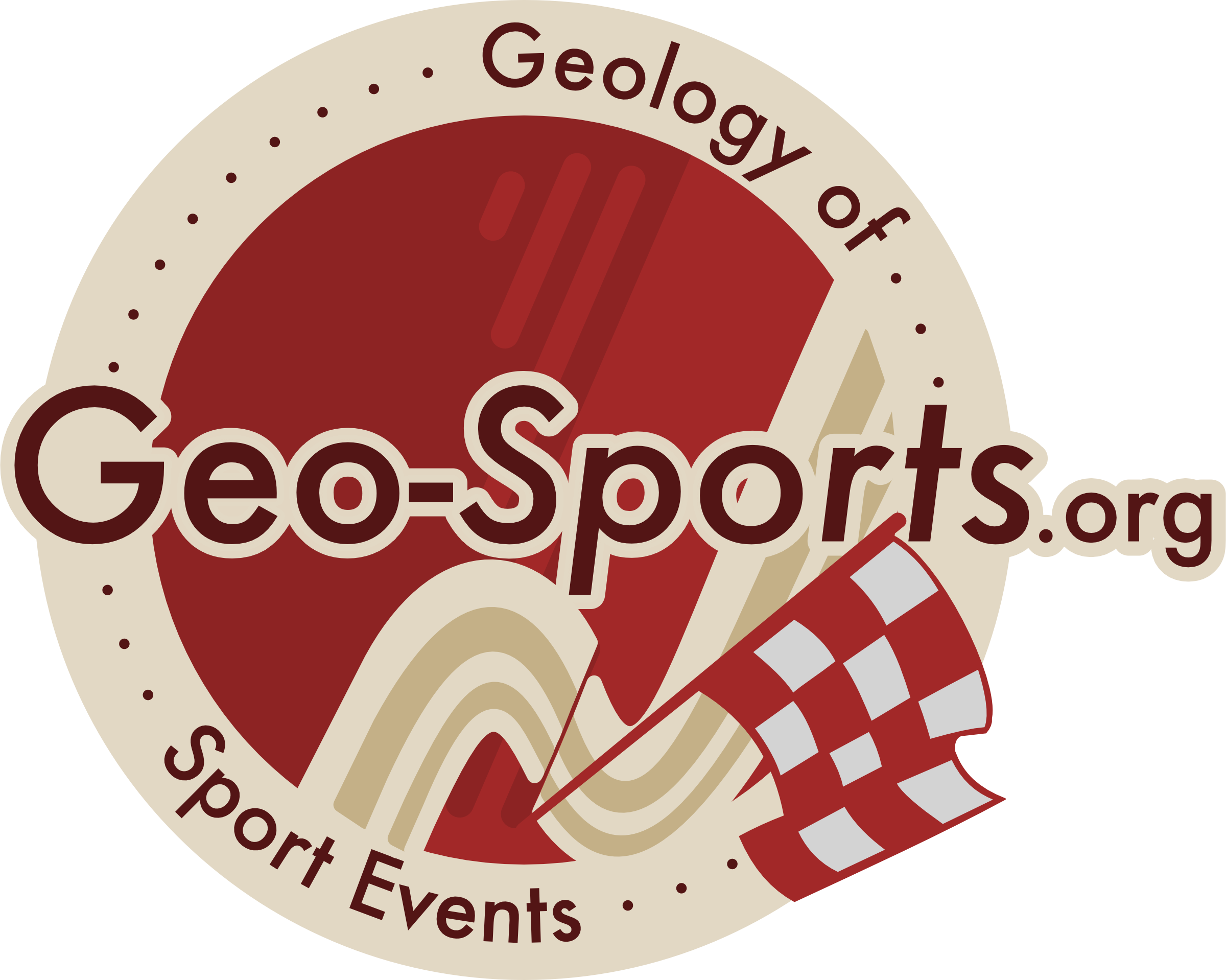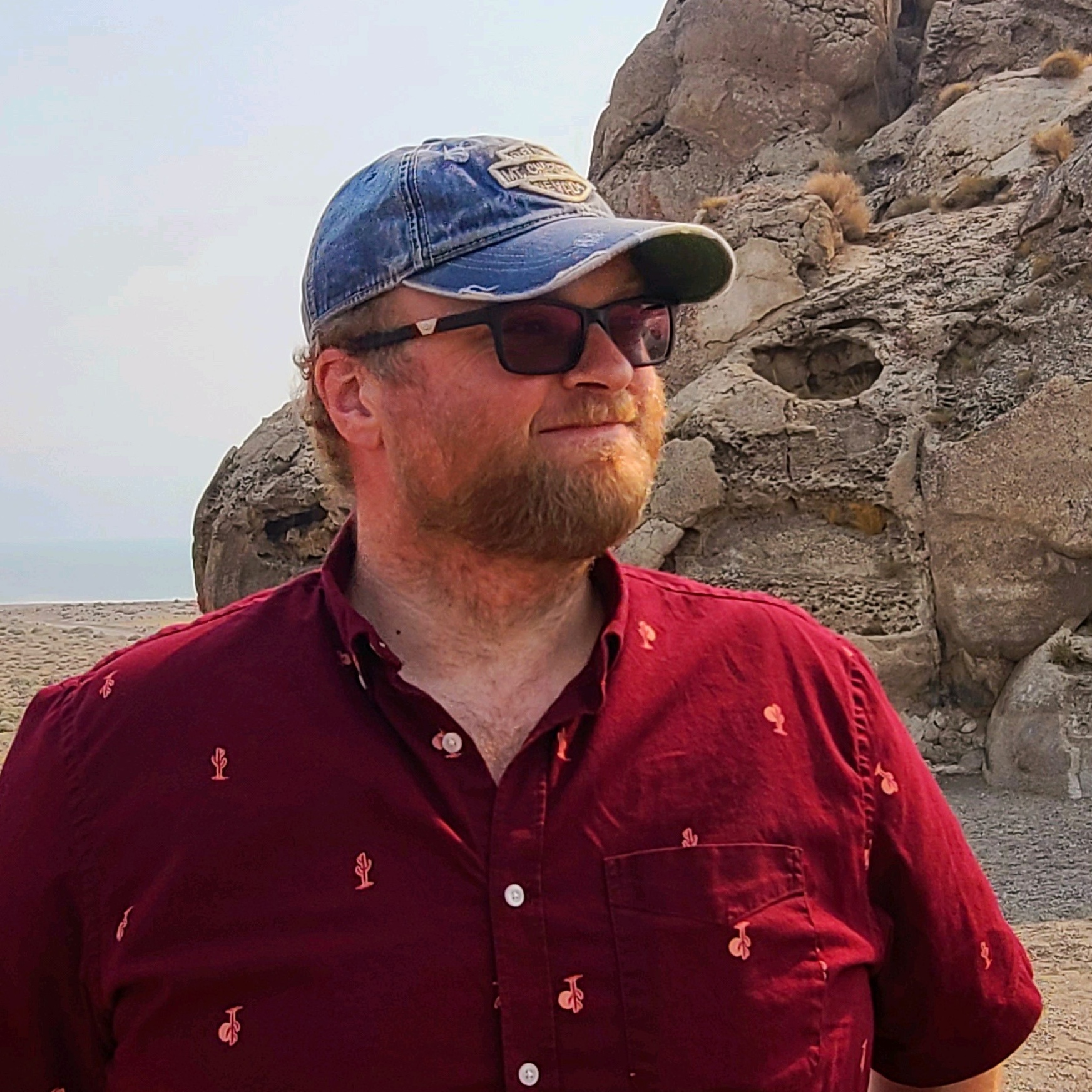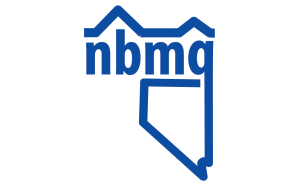Velo d’or? Or velo d’ore? Today we go for the latter. Look at the environment around you. Look at the cell phone or laptop you are reading this on. Or the electricity that you are currently using. Have a think about where these materials come from. Some of them are grown. Many of them, like all of the metals we use, have originally been mined from ore deposits.
These deposits contain a variety of different metals that are transported and concentrated by geological processes like magmatism or hydrothermal fluid flow. Quite often this is very hot water that passes through fractures in rocks and carries metals. After that it’s being deposited in a form in a concentration that can be extracted by mining – i.e. an ore deposit. Hence the velo d’ore stage today.
Humanity has been mining metals and minerals from ore deposits for thousands of years. We see evidence of this mining activity and the geological processes that form ore along some of the Tour route this year, including today’s stage 15.
Skarn
This stage of the Tour de France takes in some spectacular scenery and geology. The geology of this part of the Pyrenees is also important for a number of economic reasons. The tectonic activity that formed the Pyrenees also generated a number of what are known as skarn deposits.
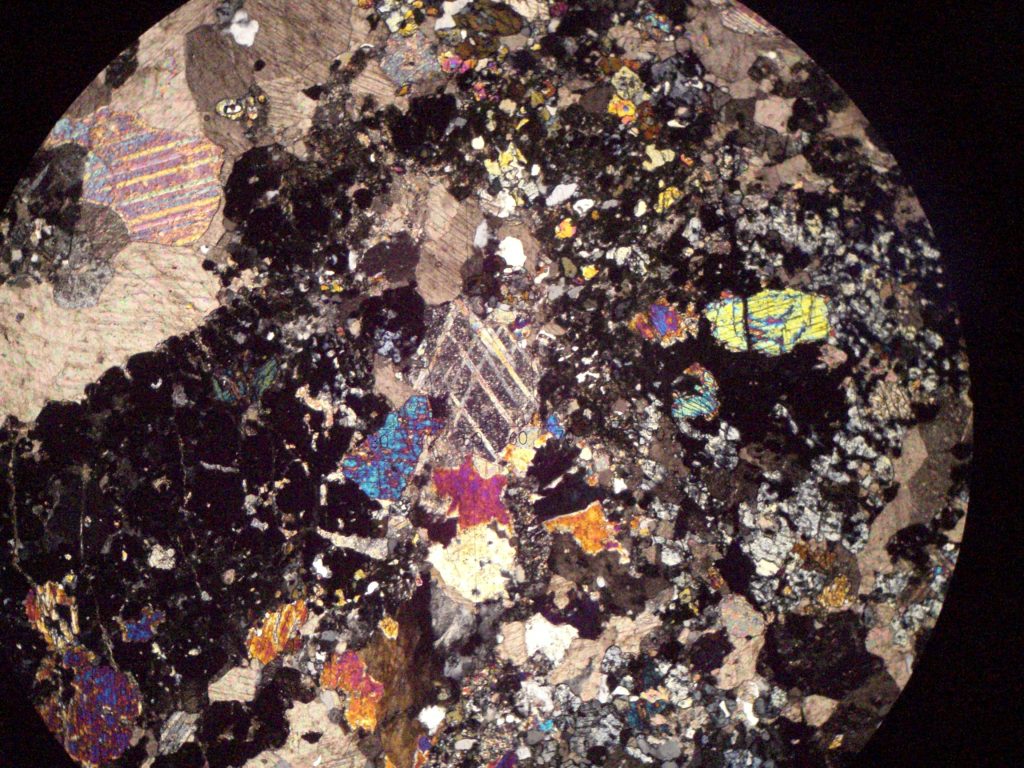
Skarns form as a result of the interaction between magmas, usually those that eventually form granites, and rocks like limestones that are abundant within the Pyrenees. The interaction of the hot magma and the reactive limestones causes chemical changes that include the formation of minerals like garnet. It also causes the development of some of the marble that is extracted along this stage of the Tour. Finally, it generates deposits of tungsten, iron, tin and other metals.
A lot of these mineral deposits typically formed around 300 million years ago. It was the time of a large tectonic event called the Variscan or Hercynian Orogeny. Later on in the stage we see skarn formation in this area that occurred more recently. The Variscan event formed mountains on multiple continents. The modern Pyrenees that the Tour riders are cycling up and down today formed during a significant period of time after this earlier event. This tectonic activity exposed the skarns that formed deep in the crust during the earlier Variscan event at the surface. Miners since Roman times and before have explored and developed the mineral resources in this region. And we still do. We might even see some in our bikes today.
Tungsten
The skarn deposits along today’s route include a series of marble quarries. There are also iron deposits located along the eastern side of the famous Pyrenean iron route. It includes sites in both France and the Basque Country. We also find large tungsten and talc deposits. The tungsten deposits along the route include the large Salau deposit, where magmas formed during the Variscan orogeny interacted with limestones to form tungsten mineralization in the form of the mineral scheelite as well as less important amounts of gold. Scheelite is the world’s most important source of tungsten. Scientists can identify it because it fluoresces brightly under UV light.
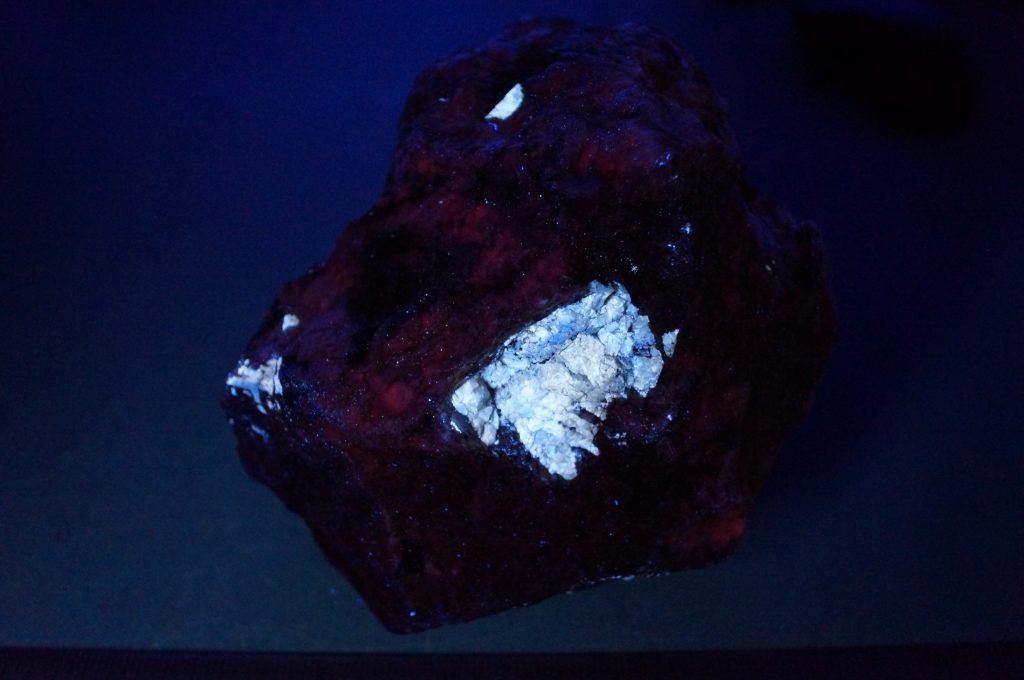
Talc
One other important skarn-type deposit located not far from the west of the finish at Plateau de Beille is located at Trimouns. This area hosts the world’s largest talc mine. The mining of talc at Trimouns beginning in 1905. Talc is a hydrated magnesium silicate mineral. It is one of the softest minerals we know. That gives it a wide variety of different uses.
The Trimouns talc deposit is a little unusual in this region. It did not form during the Variscan event but instead formed not too long before the formation of the Pyrenees, at around 100 million years ago. The deposit formed as a result of the interaction of hot (250-300°C) magnesium-bearing fluids and a large dolomite body, another skarn-type reaction that generated the talc deposits currently mined at Trimouns.
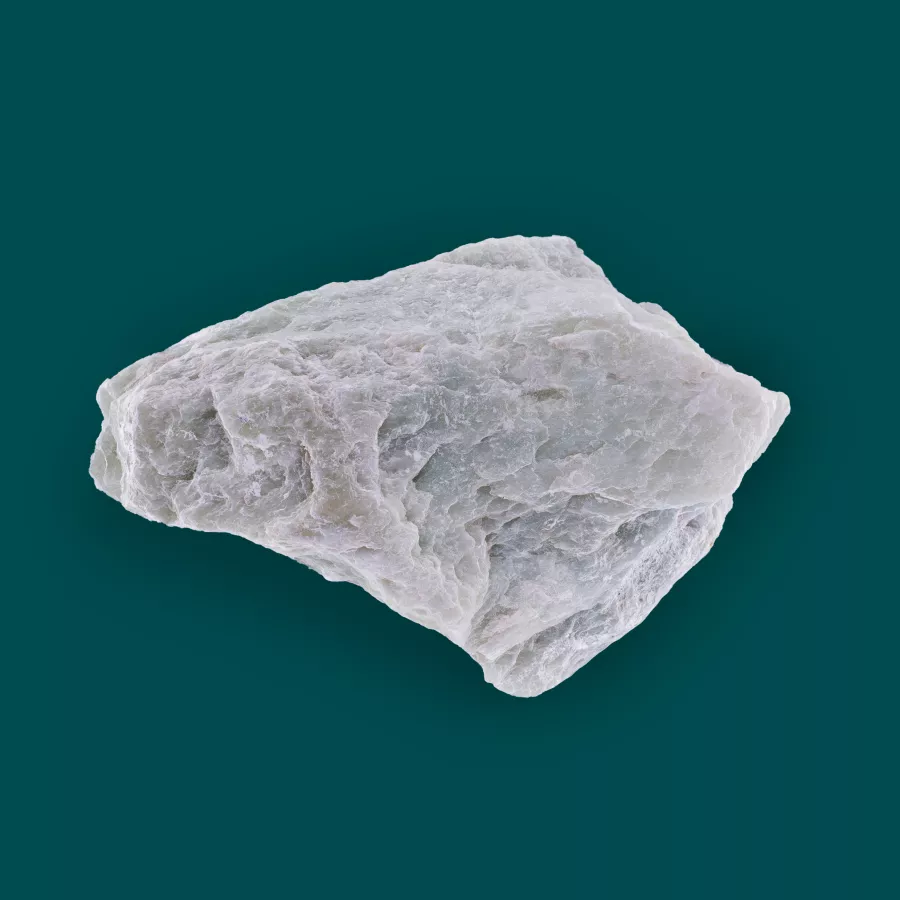
The talc from this part of the Pyrenees has likely been used for centuries. The prehistoric cave paintings at Niaux, just to the west of the second part of today’s stage, were made using talc to create impressive drawings and art. In more modern times, talc has a wide range of uses. Think of paint coatings, rubber manufacturing, lowering the rolling resistivity of tyres, and in paper manufacturing. It is therefore fairly likely that some of the cyclists passing through this skarn-rich part of the Pyrenees may well be carrying along some talc from Trimouns. A true velo d’ore bringing it back to where the original talc mineral deposit formed some 100 million years ago.
NB: Blogs in other languages than English are all auto-translated. Our writers are not responsible for any language and spelling mistakes.
